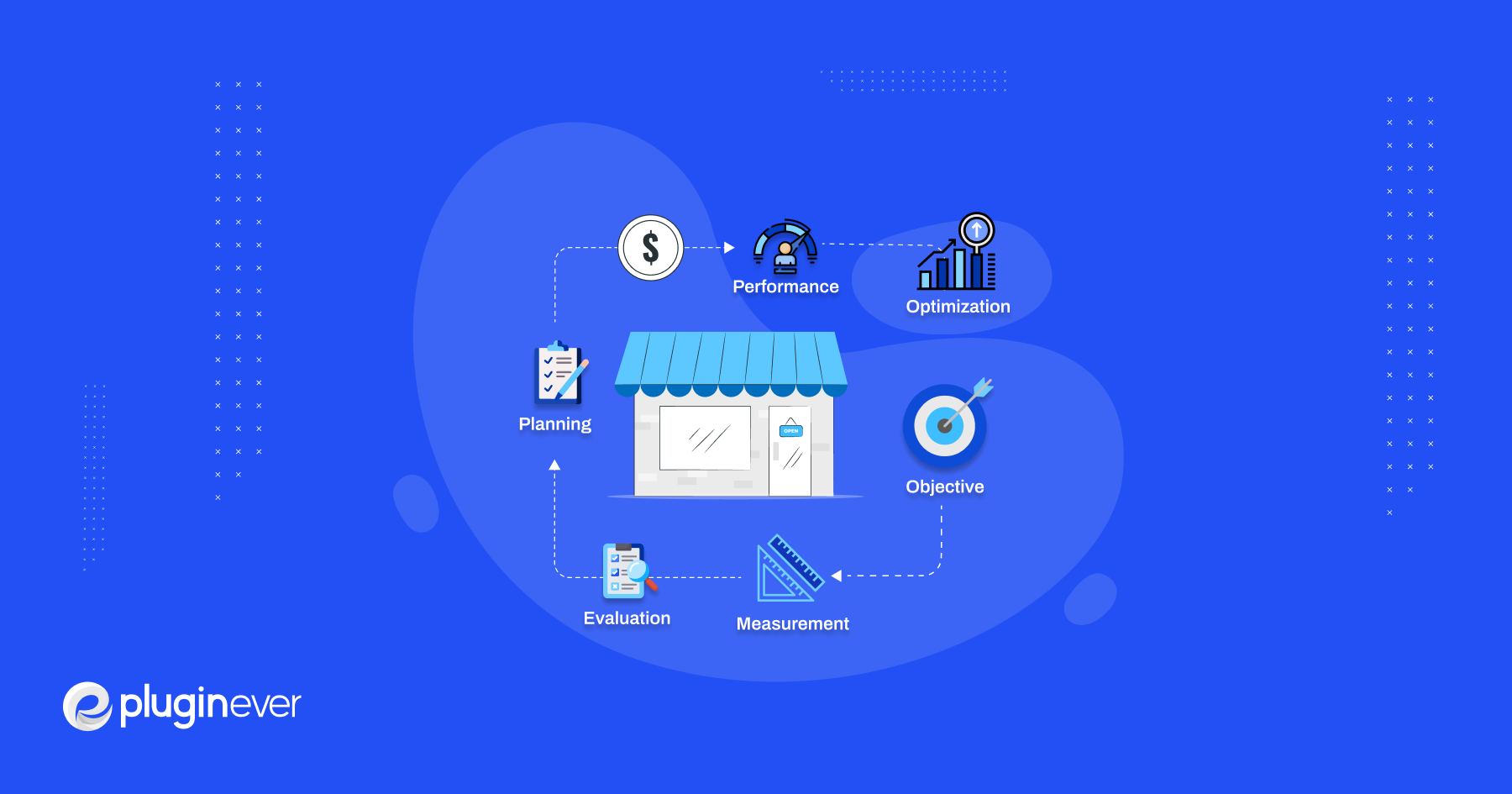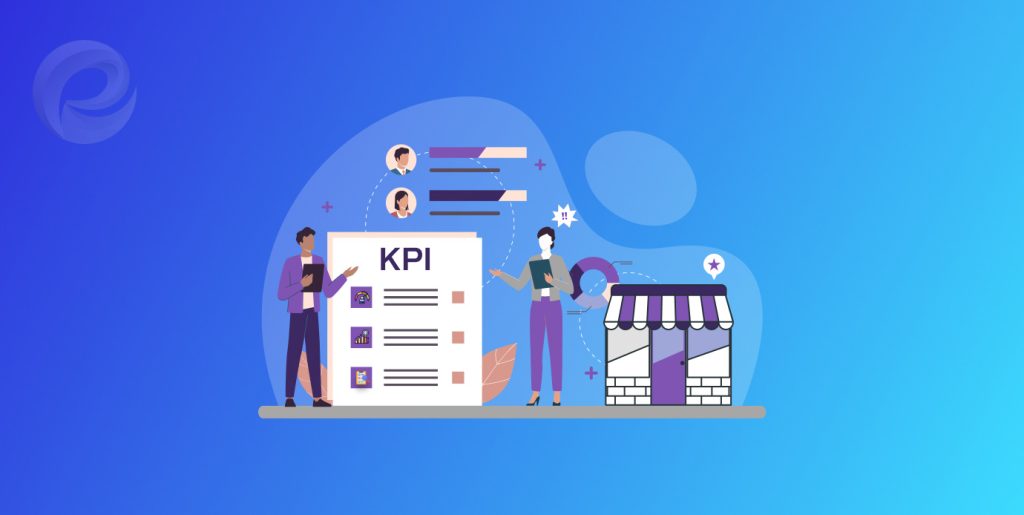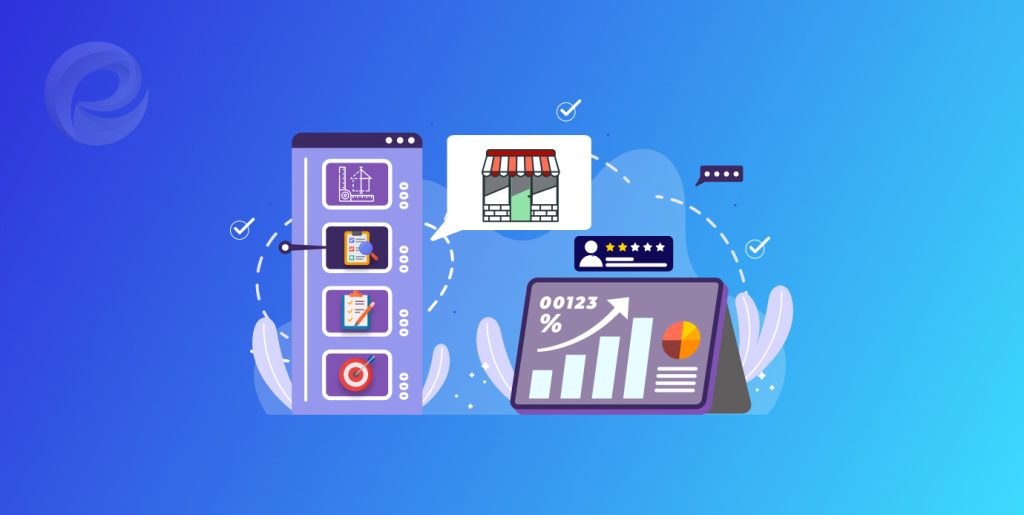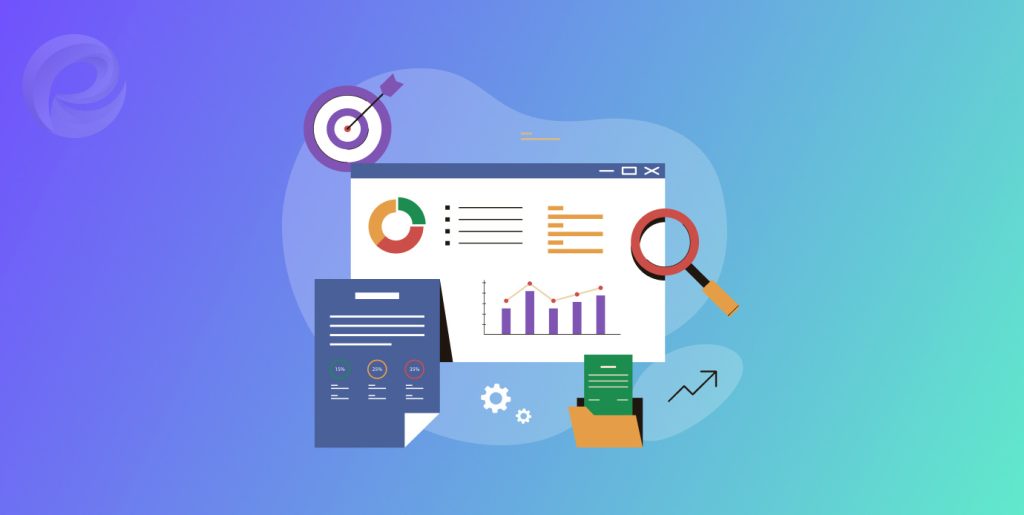Essential eCommerce KPIs for Online Business in 2024

In 2024, the importance of eCommerce KPIs will only continue to rise, as online businesses look to optimize their operations and better understand their customers to stay ahead of the curve.
In the fast-paced world of eCommerce, keeping up with the latest trends and strategies is crucial for online businesses to stay competitive. One such strategy is monitoring and analyzing key performance indicators, or KPIs, that can provide valuable insights into the health and growth of your business.
From traffic and revenue to customer service and operations, there is a multitude of KPIs that can help online businesses track their progress and make data-driven decisions for the future.
KPIs are a vital part of any business strategy on the road to success. However, it is challenging for eCommerce brands to identify which KPIs should be paid close attention to for better business performance.
In this article, we will explore the essential eCommerce KPIs that every online business should be monitoring in 2024.
Therefore, read everything from the beginning to the end to gain the most useful information.
What are eCommerce KPIs

eCommerce KPIs, or key performance indicators, are a set of metrics that measure the performance of an online business, from traffic and revenue to customer service and operations. These are quantifiable measurements that help evaluate the overall progress of a business.
It refers to many data points relating to sales, marketing, operation, and strategic initiatives to gauge the successes and shortcomings of online businesses over some time.
However, if you’re new/planning on an online business, you can go for WooCommerce as your go-to eCommerce platform because it offers all the best plugins and themes for having a successful business.
Let’s say, an eCommerce store owner might set a KPI of generating 2000 new customers by the end of this year. This is an example of a good key performance indicator as it mentions both the quantifiable target of new customers and the timeframe for the target to be completed.
Similarly, sales and revenue KPIs can help your business track overall sales, customer lifetime value, and the effectiveness of pricing and discount strategies.
Also, Marketing and advertising KPIs can help your businesses measure the performance of your promotional efforts, including ad spend, click-through rates, and conversion rates.
Finally, customer service and operational KPIs can help your businesses measure the quality of the service and how well they are performing against industry benchmarks.
However, bear in mind that metrics are simple data points to track business progress while KPIs relate to a specific business goal and reflect how successful the business is in achieving that goal. Therefore, a KPI is a metric, but not all metrics are KPIs.
Why do eCommerce KPIs matter

eCommerce KPIs are a crucial component of any online business strategy. As a metric, it provides insights into the position of an online business. You can measure key metrics such as website traffic, conversion rates, customer satisfaction, and more.
This data-driven approach allows you to take informed decisions and improve overall performance over time. This ability to monitor and measure the impact of specific efforts is crucial for optimizing business operations and maximizing return on investment.
These eCommerce KPIs will matter to you if you have a close look into them,
Increase Online Sales
Once eCommerce KPIs are set, store owners can track sales-related KPIs such as conversion rate or customer lifetime value. Analyzing these data can help store owners take proper action to influence visitors and customer behavior to generate more sales leads.
Gain Data-driven Insights
Data is indispensable to every decision you make as a business owner. eCommerce KPIs reveal profound insights based on real-time data.
Adjust Business Strategy
Utilizing a combination of effective KPIs helps identify urgent problems to immediately tackle and recognize awaited opportunities to grasp. KPIs analysis is the base for your eCommerce business to make adjustments to your business strategy.
Also, the ability to help businesses identify trends and predict future outcomes makes it matters the most.
What Makes an Effective eCommerce KPI

Each area of business requires its own set of desired eCommerce KPIs that are suitable for business development strategy. This case is especially true when it comes to eCommerce business. To make an effective eCommerce KPI, there are several factors to consider.
Firstly, the KPI must be relevant to your business objectives and align with your overall strategy. For example, KPIs such as conversion rate and revenue per customer would be highly relevant if your goal is to increase revenue.
Secondly, an effective eCommerce KPI should be easily measurable and provide actionable insights that can drive decision-making.
It’s also important to ensure that your KPIs are specific and clearly defined. For example, instead of tracking just “website traffic,” you might track the number of unique visitors per month from a specific geographic region.
This level of specificity allows for more targeted analysis and decision-making.
Another key factor in an effective eCommerce KPI is that it should be timely and up-to-date. Outdated data can lead to incorrect analysis and decisions, so it’s crucial to ensure that your KPIs are based on the most recent data available.
Ultimately, an effective eCommerce KPI should be relevant, actionable, specific, timely, and accessible. There are some key factors to determine an effective KPI that provide useful and actionable insights into business performance:
- Relevant to Business Goals
Chosen KPIs must align with business goals. They should directly impact the bottom line and support the overall business strategy as well.
- Measurable
Effective KPIs should be quantifiable and easily calculated, rather than focus on generalized questions.
- Attainable
An effective KPI must be possible to achieve in the given timeframe. Also, eCommerce store owners should focus on the consistency of the selected KPIs in a particular stage of business growth.
Overall, eCommerce KPIs should be easily accessible and available in real-time, so that you can monitor them as necessary and respond quickly to changes in performance.
Types of eCommerce KPIs

There are so many different types of eCommerce KPIs that you should be tracking to effectively measure the performance of your online business. The first type of KPIs you’ll want to track is
Traffic and User Acquisition KPI
This will help you understand how many visitors are coming to your website, where they are coming from, and how they are behaving once they arrive. Relevant KPIs in this category might include website traffic, conversion rate, cost per acquisition, or customer lifetime value.
Sales and Revenue KPI
These KPIs will give you insight into the actual sales performance of your business, including average order value, conversion rate, and gross profit margin.
Cart abandonment rate KPI
It will help you identify potential issues in your checkout process that may be preventing customers from completing a purchase.
Marketing and Advertising KPI
It will help you measure the effectiveness of your marketing campaigns and promotional efforts.
Return on Ad Spend KPI
KPIs such as return on ad spend, click-through rate, and cost per click, customer acquisition cost can give you insights into your marketing performance and where to tweak your campaigns.
Subscriber’s Growth Rate KPI
Primarily if your business relies on email marketing or other subscription-based services to drive revenue.
Customer service KPI
Measuring customer satisfaction rate, net promoter score, and other service-related KPIs can help you identify and quickly address any issues that may be affecting the customer experience.
Repeat Customer Rate KPI
it is a measure of how satisfied customers are and the likelihood they will return to doing business with you in the future.
Operational KPI
KPIs such as website uptime, page load speed, order fulfillment rate, inventory turnover rate, and return rate can all provide valuable insights into the efficiency and effectiveness of your eCommerce operations.
Essential eCommerce KPIs for Online Business

Though the number of eCommerce KPIs is almost infinite, there are some essential key performance indicators that online stores should carefully consider to measure business performance:
eCommerce KPIs for Sales

1. Conversion Rate
Sales Conversion rate is a term familiar to any company. Simply put, the conversion rate is the percentage of customers that buy things at your online stores.
Conversion rate helps store owners identify which channels are most suitable for promoting certain products and determine the effectiveness of different campaigns for better strategic decisions in the future.
Conversion rate = (the number of purchased customers/the total number of visitors) x 100%
For example, if your site received 50000 visitors and 5000 orders last month, the conversion rate is (5000/50000)x100% = 10%.
2. Shopping Cart Abandonment
Shopping cart abandonment is the percentage of orders that customers had added to the shopping cart but failed to complete their purchase for whatever reasons.
The shopping cart abandonment rate can reveal why customers decided not to continue purchasing your products, so you can make adjustments at your stores for a better conversion rate next time.
Shopping cart abandonment rate = (abandoned transactions/the number of shopping carts created) x100%
For example, if your store had 300 shopping carts created but only 40 purchases, the shopping cart abandonment rate is (260/300)x100% = 86.67%
3. Customer Lifetime Value
Customer lifetime value gives eCommerce brands the average profit by customers. This is the amount of revenue gained from a customer after subtracting the cost of acquisition and servicing. This can be analyzed to develop strategies that not only attract new users but retain existing ones to spend more as well.
For example, if a typical shopper visit once per month and spend $50 per time for an average lifetime of 3 years, the customer lifetime value is $50 x 12 months x 3 years = $1800
eCommerce KPIs for Marketing

4. Site Traffic
Website traffic refers to the overall number of visitors to your online store. This KPI is the backbone of any eCommerce business because it reflects all marketing efforts over a certain period.
5. Traffic Source
No matter what marketing strategies your online store is using, it’s always essential to know where the traffic comes from including both organic and paid search, such as from campaigns, social media, other sites, and so on.
eCommerce KPIs for Customer Service

6. Customer Satisfaction Score (CSAT)
Customer satisfaction score (CSAT) is a customer loyalty metric to gauge how satisfied a customer is with a certain product, service, or overall shopping experience.
eCommerce store owners can measure this metric by asking customers to fill out surveys and record their responses with a numeric scale from 1 to 5 or a short answer. Some frequent questions to ask customers to measure SCAT are:
– How satisfied are you with our products?
– How would you rate your overall satisfaction with the goods you received?
– To what extent do our products and services meet your expectations?
– How likely are you to buy again from us?
– Do you have any other comments or suggestions for us?
7. Net Promoter Score (NPS)
Besides CSAT, the Net promoter score (NPS) is another KPI to measure customers’ satisfaction with the brand and products. NPS gives profound insights into customer relationships by revealing how likely customers are willing to recommend your brand to others.
eCommerce KPIs for Project Management

8. Budget
This KPI sounds simple but is highly crucial for any type of business in general. An ideal budget should be realistic, and repeatedly over budget might be a warning sign that the project planning needs immediate alteration.
9. Return on Investment (ROI)
Return on investment KPI is one of the most important metrics that online brands should take into account. ROI demonstrates the amount of return generated on a particular investment. The ROI data helps store owners evaluate how well an investment has performed.
ROI = (the profit earned on an investment/the cost of that investment) x100%
For instance, an investment earning $300 profit with a cost of $300 would have an ROI of (300/300) x100% = 100%
Wrap Up

As you move forward with your online business in 2024, it’s crucial to keep a close eye on the essential eCommerce KPIs outlined in this guide. Many key performance indicators are indispensable to business development.
Evaluating proper KPIs can help eCommerce store owners gain a profound understanding of business performance to make better decisions regarding strategic factors. eCommerce store owners should equip themselves with a well-designed and regularly monitored set of KPIs to routinely evaluate business progress and make critical adjustments when needed.
So, take the time to track and analyze your eCommerce KPIs, and use the actionable insights you gain to propel your online business forward in the years to come.
That’s all for now, until next time.
Adios!